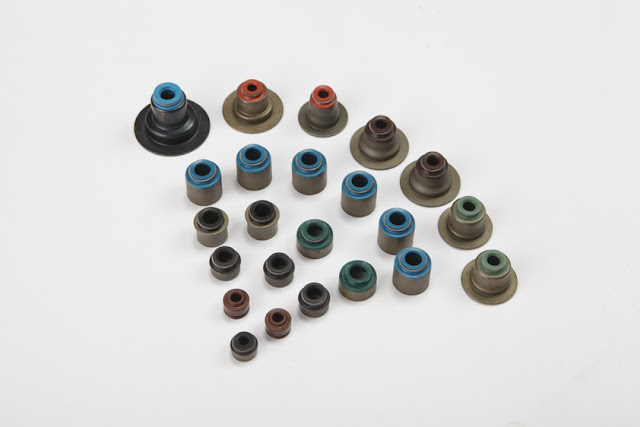Many automobile owners are unaware that valves play an essential function. These regulate the air and fuel mixture that enters the cylinders for combustion. The valve stem seals prevent combustion gases from going through them. The heavy-duty rubber seals fit over the valve's top within a bit of collar. However, when the valves begin to wear down, the signs of faulty valve seals are immediately detectable.
Valve stem seals, in essence, prevent oil from entering the combustion chamber from the cylinder head. A faulty seal may result in engine oil flooding, leading to engine failure.
Six ways for determining if you have a defective seal include
- Cold Engine Test
A cold engine test is one of the finest techniques to determine whether you have defective valve stem seals. A cold engine test is unquestionably the best approach to determine whether valve seals are leaking. If you leave a vehicle sitting overnight, some oil will stay on the top of the head of the valve cover, and when you drive, the oil will get caught at the faulty seal and produce blue smoke. This is the most accurate method of detecting faulty valve seals.
- High Levels of Smoke
The appearance of a lot of exhaust smoke, particularly blue-white smoke that lasts for a long time after starting the automobile or accelerating, is cause for worry. However, the smoke may dissipate after a time, giving the impression that everything is well. Nonetheless, malfunctioning valves may cause excessive oil burning, while faulty piston rings and valve guides can cause excessive smoke generation.
- High Oil Consumption
If you are using more oil than usual, this might be another sign of faulty valve stem seals. When oil escapes or burns at a faster pace, the seal no longer regulates the flow of the oil. Oil combustion raises emissions and pollutes the catalyst. Unburned gasoline in the exhaust raises the converter's operating temperature, causing it to overheat and block the exhaust.
- Idling
If your machines are ever idle, pay close attention to them. When the engine is at rest, excessive vacuum levels may cause oil to accumulate around the valve system's heads while the valve is closed. If the valve stem seal is defective, you may see blue-tinted smoke when the engine starts. This signifies that the oil is drawn past the seal and into the valve guide. Until the engine is fixed, ensure it is turned off and out of service.
- Less acceleration power
Testing the engine's compression may also assist detect whether your valve stem seals are failing, depending on the engines you utilize in the oilfield and agricultural sectors. If the machine has a greater compression level, you have a valve seal problem that requires replacement. On the other hand, a lower level may indicate a piston ring problem.
- Misfiring
A damaged seal in an engine may cause oil to accumulate on the electrodes of the engine's spark plugs. Consequently, plug fouling, a buildup of carbon deposits that may cause engine misfires, can develop as carbon buildup develops. The compression causes engine damage due to improper detonation or even pre-ignition problems.
Knowing the six types of valve stem seal failure will help you avoid oil leaks and excessive compression levels. The sooner you observe different-colored smoke, increased oil consumption, misfiring engine starts, and idling sounds, the sooner you can perform the essential seal repairs. As a result, your operations will be more efficient, productive, and secure.

Comments
Post a Comment